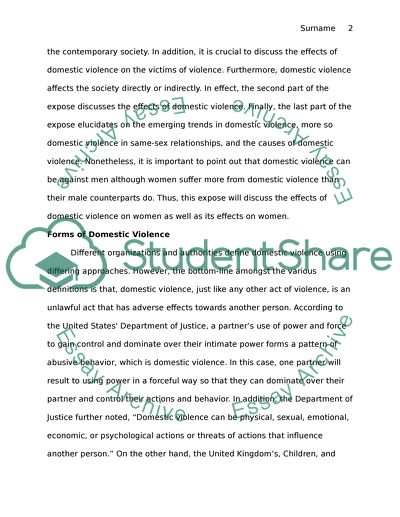Cite this document
(“Problems of Domestic Violence Essay Example | Topics and Well Written Essays - 2500 words”, n.d.)
Retrieved from https://studentshare.org/sociology/1398918-problems-of-domestic-violence
Retrieved from https://studentshare.org/sociology/1398918-problems-of-domestic-violence
(Problems of Domestic Violence Essay Example | Topics and Well Written Essays - 2500 Words)
https://studentshare.org/sociology/1398918-problems-of-domestic-violence.
https://studentshare.org/sociology/1398918-problems-of-domestic-violence.
“Problems of Domestic Violence Essay Example | Topics and Well Written Essays - 2500 Words”, n.d. https://studentshare.org/sociology/1398918-problems-of-domestic-violence.


